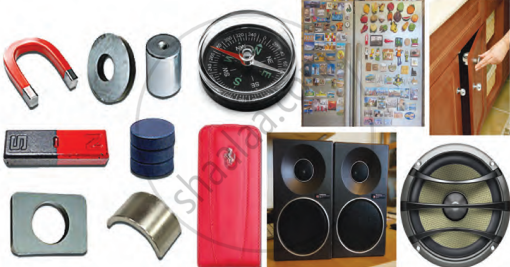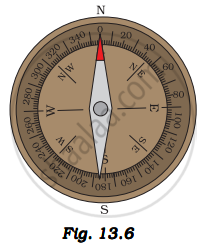Topics
Physical Quantities and Measurement
- Measurements
- Physical Quantities
- Volume and It’s Unit
- Measurement of Volume
- Area and It’s Unit
- Measurement of Area
- Density and It’s Unit
- Measurement of Density
- Determination of Density of a Regular Solid
- Determination of Density of an Irregular Solid
- Determination of Density of a Liquid
- Speed
Force and Pressure: Motion
Energy
- Energy
- Forms of Energy
- Mechanical Energy
- Potential Energy (U)
- Kinetic Energy (K)
- Types of Kinetic Energy
- Conversion of Potential Energy into Kinetic Energy
- Transformation of Energy
- Conservation of Energy
- Electricity Generation using Hydroelectric Energy
Light Energy
- Light
- Reflection of Light
- Plane Mirror
- Terms Used in Reflection of Light
- Law of Reflection of Light
- Verification of the Law of Reflection of Light
- Reflection of a Ray of Light Normally Incident on a Plane Mirror
- Images Formed by a Plane Mirrors
- Formation of Image by Reflection: Real and Virtual Image
- Lateral Inversion
- Types of Reflection
- Speed of Light
- Colour
Heat
- Heat and Its Unit
- Heat Exchange
- The Temperature and a Thermometer
- Measuring Temperature
- Scales of Thermometers
- Effects of Heat
- Expansion of Substances (Thermal Expansion)
- Expansion of Solids
- Expansion of Liquids
- Expansion of Gases
- Transfer of Heat
- Conduction
- Convection
- Radiation
- Conductors and Insulators
- Thermos Flask (Dewar Flask)
Sound
Electricity and Magnetism
- Magnet
- Discovery of Magnets
- Classification of Magnets
- Magnetic Properties
- Laws of Magnetism
- Magnetic Field
- Electromagnet
- Making of an Electromagnet
- Applications of Electromagnets
- Electric Bell
- Earth’s Magnetic Declination
- Electricity
- Sources of Electricity
- Electric Circuit
- Conductors and Insulators
- Analogy of Electric Current with Water Flow
- Flow of Charges (Electrons) Between Conductor
- Symbols and Functions of Various Components of an Electric Circuits
- Types of Circuits: Series Circuit
- Types of Circuits: Parallel Circuit
- Electric cell
- Battery
Magnetic Properties:
Magnet was known quite long ago to the people in China and Europe that a piece of magnetite, hung freely, always settled in the north-south direction.
- These rocks then came to be used for finding directions while travelling through unknown regions. That is why they are also called lodestones (leading stones). This led to the invention of the mariner’s compass.
- Magnets can have a variety of shapes depending on their uses. Today, magnets are used in many machines and gadgets or devices. They are all man-made magnets.
- Find out where the magnets shown in the pictures below are used.
- Bar magnets, disc magnets, horseshoe magnets, ring-shaped magnets, cylindrical magnets, and also small button magnets are the different shapes of magnets in everyday use.

Various man-made magnets
- Attractive Property: A magnet can attract objects made from materials like iron, nickel, and cobalt and pull them toward itself.
- Directive Property: When a magnet is freely suspended, it always points in the north-south direction. This is why magnets are used in compasses to find directions.
- Laws of Magnetic Poles: The same poles (North-North or South-South) push each other away. Opposite poles (north-south) pull toward each other.
- Poles Exist in Pairs: A magnet always has two poles: a North Pole and a South Pole. Even if you cut a magnet in half, each piece will still have both a north and a south pole.
- Magnetic Induction: A magnet can turn a nearby iron object into a temporary magnet. When the iron object is near the magnet, it becomes magnetised and can attract other iron objects as well.
If you would like to contribute notes or other learning material, please submit them using the button below.
Related QuestionsVIEW ALL [31]
Match the following:
| 1. | Directive property | a. | Never intersect |
| 2. | Magnetic poles | b. | Magnetic compass |
| 3. | Lines of force | c. | Attract |
| 4. | Unlike poles | d. | Exist in pairs |

